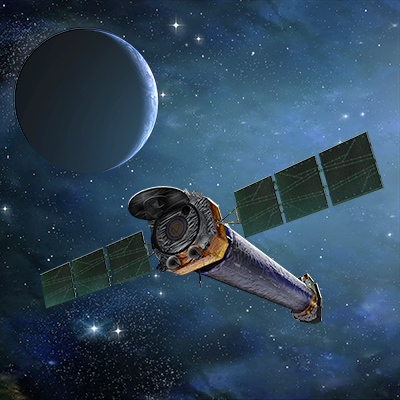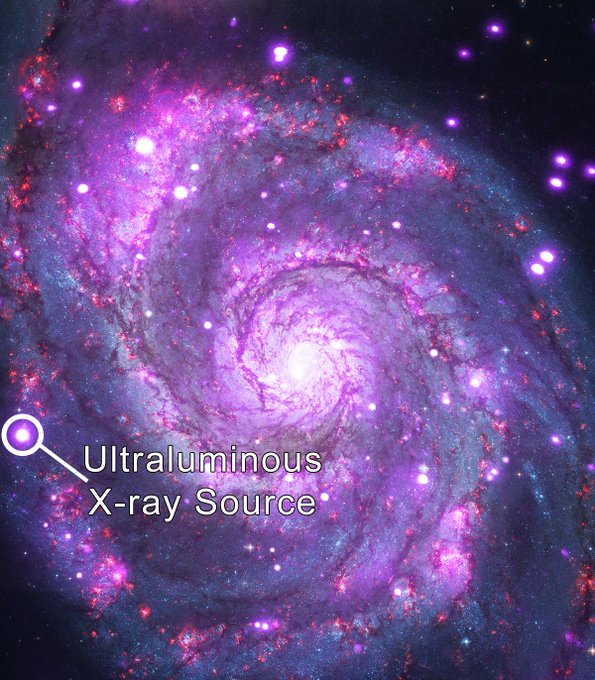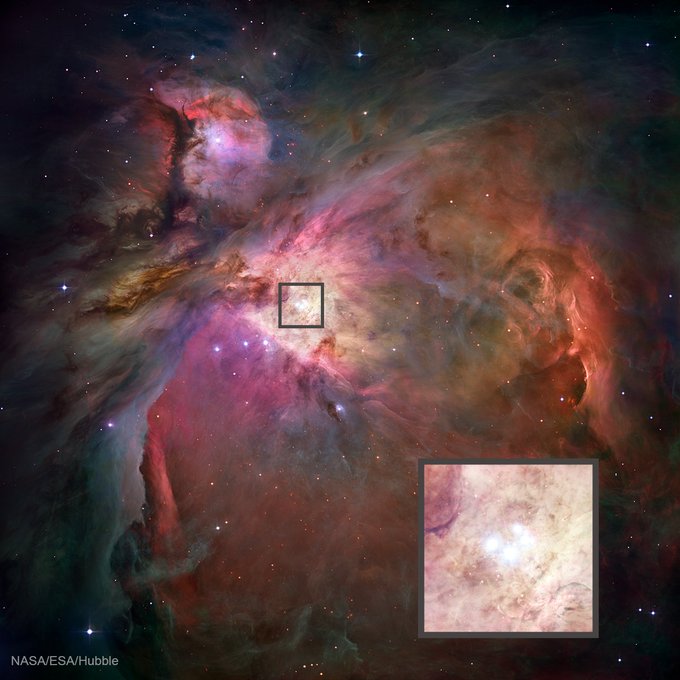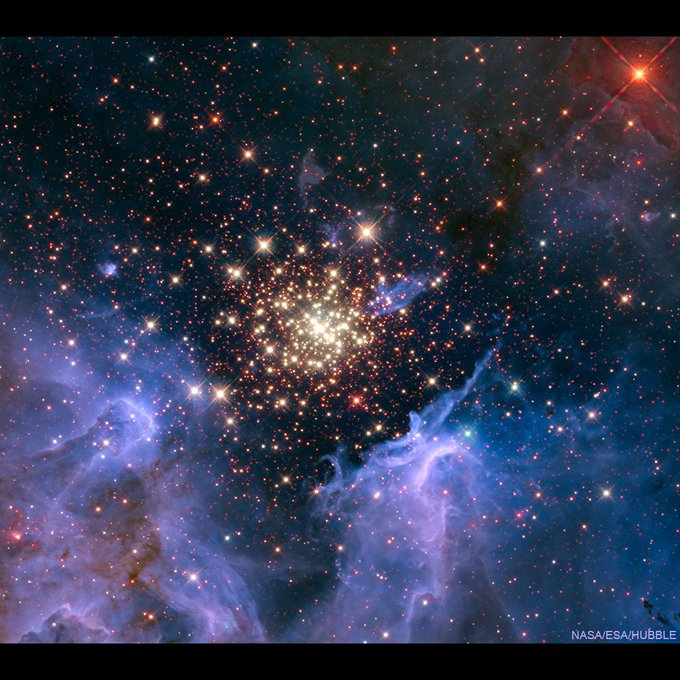NASA's Chandra X-ray Observatory was named in honor of Indian-American Nobel laureate Subrahmanyan Chandrasekhar. Known as Chandra ("moon" or "luminous" in Sanskrit), he was widely regarded as one of the foremost astrophysicists of the 20th century. #LearnWhatYourNameMeansDay 1/3
NGC 346 is located about 200,000 light years from Earth. One of the brightest regions of star formation in the Small Magellanic Cloud, it's roughly 200 light years across, home to over 70,000 stars, and shaped like a pig. Is that last part hogwash? Sorry to boar you. #PigDay 🐷
🎶🌟Would you like to help out with some new research on @NASA data sonifications? You can listen to sounds from our space data & answer a few questions. It should take about 15 minutes. 🎧 Listen & participate here: https://t.co/J9Nnktdniu #CitizenScience
Right #now Chandra is studying ultraluminous X-ray sources, or ULXs, in the Whirlpool Galaxy. ULXs, such as the one circled in the image, can glow with X-ray light equal in luminosity to the light produced at all wavelengths from millions of Suns. More: https://t.co/H91WkZn2tG
A pulsar is whizzing away from a supernova remnant at more than 4 million kilometers per hour. Likely ejected during the supernova explosion, the pulsar has left behind a tail that stretches for over 37 light years! More: https://t.co/NsJtxETM8P
💥Four galaxies are colliding again & again about 5.4 billion light years from Earth in #space! Why? A 13 million light-year-long stream of #dark matter, galaxies, and gas — known as a filament — is pouring into an area already full of matter! https://t.co/gjMy2gkaE3
#Today Chandra is studying a double #star system within star cluster NGC 3603! The #environment here is not as serene as it looks. Violent stellar #winds and fierce UV radiation have carved out a vast cavity in the surrounding material, giving us a clear view of the star cluster.
About 160,000 light years from Earth, star cluster NGC 1929 is nestled in the N44 nebula. Legions of new stars are forming here and racing through their evolutions to explode as supernovae! Want to know more? https://t.co/HckTMPIplq #beautiful #pic





















